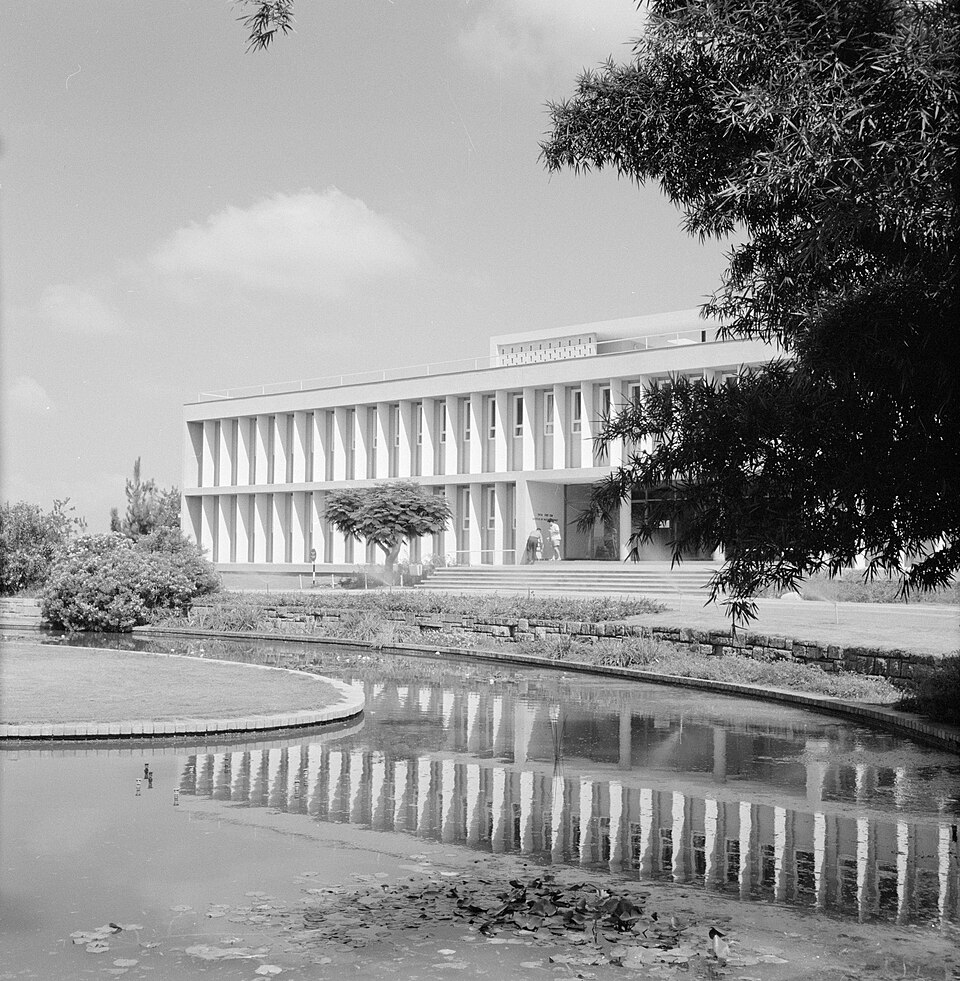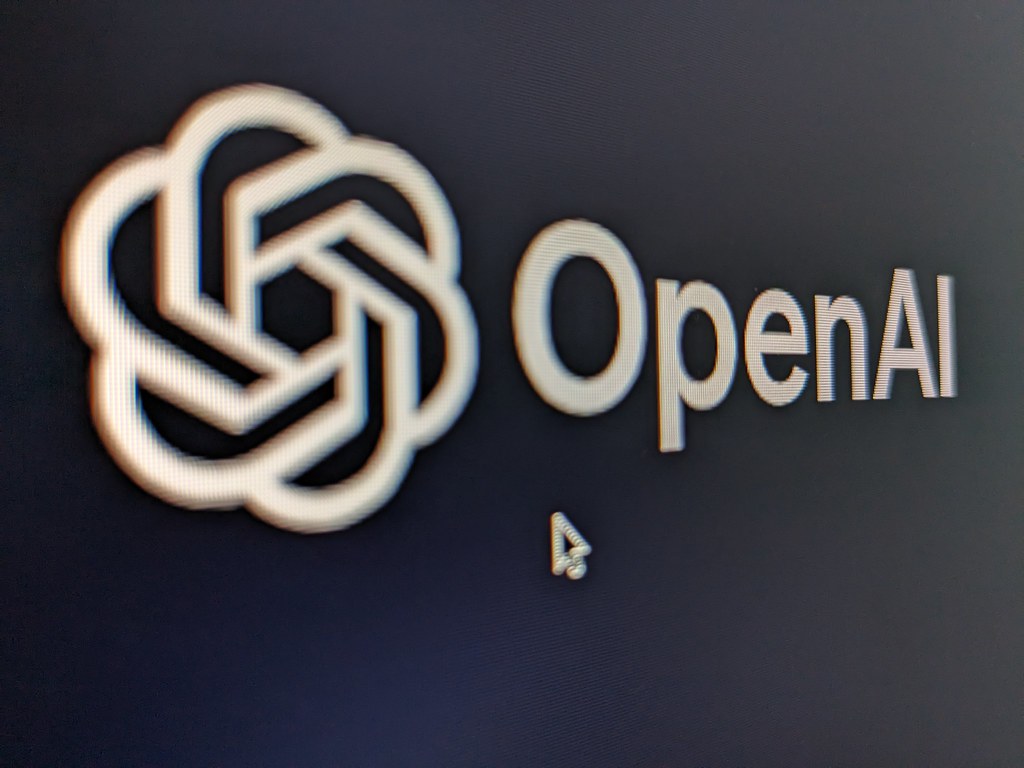When Rockefeller’s private appeals for Japanese invitations went nowhere, he began to ask whether a new platform was needed. Over the next four years that question would draw in Columbia University political scientist Zbigniew Brzezinski, future U.S. president Jimmy Carter and a circle of policymakers who saw economic interdependence outrunning existing forums. The answer they produced—the Trilateral Commission—would reshape who counted as a core power in the late Cold War and accelerate Japan’s entry into the G-7.
The Bilderberg Bottleneck
Bilderberg’s steering committee kept its guest list deliberately small and trans-Atlantic. Scholarly analyses describe the milieu as overwhelmingly Western and under-representative of Asia; Japanese attendees appear only sporadically (for example, energy official Nobuo Tanaka attended in 2009).
Beginning in 1967 Rockefeller quietly lobbied the committee to broaden the tent so that trade frictions with Tokyo could be addressed face-to-face. Internal memoranda and later archival syntheses show him warning that the forum risked irrelevance if it ignored Asia’s new powerhouse. Several European industrialists objected, fearing that a larger table would dilute candor and expose sensitive commercial talk to a formidable competitor.
Tensions crystallized around the 1972 meeting in Knokke, Belgium—which, notably, featured sessions on Asia and “The Case of Japan”—but there’s no clear public record of a formal vote to block expansion. For Rockefeller, the experience nonetheless marked a turning point: if Bilderberg would not evolve, he would help create a forum that would. The episode underscored how elite networks, though informal, still mirror hard geopolitical boundaries.
From Frustration to Blueprint
Rockefeller next turned to Brzezinski, whose 1970 book “Between Two Ages” argued that an era of dense economic interdependence required a “community of the developed world.” The two convened a planning session at Rockefeller’s Pocantico Hills estate in mid-1972, inviting Brookings Institution economist Henry Owen and former national-security adviser McGeorge Bundy, according to a memorial on Brookings.
The blueprint they drafted called for roughly 300 commissioners divided equally among North America, Europe and Japan. Working groups would produce joint studies on exchange-rate realignment, energy shocks and North–South development finance—issues that had begun to spill across national borders but lacked a coordinating mechanism.
Seed money came from Rockefeller family funds and an early Ford Foundation grant, details that the Commission still lists on its own website. By promising equal seats for Tokyo, the plan also offered Japan something the GATT rounds and OECD councils still withheld: full parity inside a Western strategic forum.
Launch in Tokyo, 1973
The Trilateral Commission was formally founded in 1973 and held its first plenary meeting in Tokyo that October—a location chosen to underline the new balance. Early rosters featured Japanese economist Saburō Ōkita alongside European integration advocate Max Kohnstamm and executive director George Franklin Jr., each helping to organize work across their regions.
Initial task forces tackled monetary instability and, soon after, the 1973–74 oil crisis, with Japanese delegates stressing how price shocks affected an import-dependent economy differently from Europe’s. Plenary meetings subsequently rotated among the three regions, reinforcing the idea of co-ownership rather than token inclusion.
Even critics who questioned the group’s informality noted that placing Japan inside such deliberations made it harder for Washington or Brussels to frame global economic decisions without Asian input. In that respect the venue’s very existence shifted diplomatic expectations before a single report was published.
Jimmy Carter’s Trilateral Education
Among the original U.S. invitees was a relatively obscure Georgia governor named Jimmy Carter. He attended several commission meetings between 1973 and 1976 and later called the experience his “graduate school in foreign policy,” according to The Harvard Crimson.
Carter absorbed briefing papers on oil pricing, monetary coordination and North–South aid that would surface in his 1976 campaign white papers. After the election he appointed fellow Trilateralists—including Brzezinski as national-security adviser and Henry Owen as economic envoy—turning the network into an intellectual springboard for policy.
Critics argued that an unelected club wielded outsized influence, yet the appointments signalled to Tokyo that steady participation in Western forums could translate into tangible leverage in Washington. For Japan’s ministries the episode validated long-running efforts to embed officials in multilateral think-tank circuits.
Signature Outputs of the 1970s
The Commission’s most cited publication remains Task-Force Report 8, “The Crisis of Democracy” (1975), which warned that advanced societies faced new “governability” strains from protest and stagflation. The full text is archived by the Trilateral Commission.
Other memoranda examined the 1973–74 oil embargo, proposed rules for coordinated currency intervention and explored ways to channel petrodollar surpluses into development finance. A University of Copenhagen press release summarizing Dino Knudsen’s archival research argues that the Commission’s informal networks helped normalize Japan as an equal partner and fed into the launch of the 1975 Rambouillet summit (the G6, including Japan), effectively formalizing dynamics the Commission had advanced.
While the reports carried no legal force, they offered a rare trilateral lens on policy questions that cabinet ministries still approached bilaterally. Over time that framing migrated into official communiqués, illustrating how informal dialogues can pre-write the vocabulary of formal diplomacy.
Ramifications for Japan’s International Standing
Historian Dino Knudsen, the first scholar granted access to Commission archives, argues that the body "changed the way international politics was conducted" by normalizing Japan as an equal partner—a conclusion highlighted in the same press release.
Tokyo’s upgraded status produced concrete gains: a seat at the Rambouillet summit (1975) and then the G7 framework, plus greater confidence in pressing for voice-share adjustments at the IMF and OECD. Japanese commissioners such as Saburō Ōkita and Kiichi Miyazawa leveraged the forum to argue that capital-exporting nations should have voting weights to match.
Equally important, the Commission fostered a generation of bilingual policy thinkers who could navigate Washington’s think-tank culture as deftly as Kasumigaseki’s corridors. That human capital proved pivotal when trade tensions flared in the 1980s, giving both sides intermediaries fluent in each other’s policy grammar.
Sources
- “Bilderberg Meetings,” Encyclopaedia Britannica, 20 Sep 2025.
- “Trilateral Commission,” Encyclopaedia Britannica, 12 Jun 2025.
- Zielinski, A.M. "The Bilderberg Conferences as Transnational Informal Governance Network," University of Fribourg, 2018.
- Vali, N. “In Memoriam: Henry Owen,” Brookings Institution, 21 Nov 2011.
- Crozier, M., Huntington, S., Watanuki, J. “The Crisis of Democracy,” Trilateral Commission Task-Force Report 8, 1975.
- Trilateral Commission, “North American Group,” retrieved 28 Oct 2025.
- Calabrese, M. “Carter’s Trilateral Connection,” The Harvard Crimson, 12 Jan 1976.
- EuropaWire. “University of Copenhagen Historian Dino Knudsen…,” 11 Nov 2013.
- “Trilateral Commission,” Wikipedia, last modified 27 Oct 2025.




